Uptick Insights | Adopting the Web3 Mindset
Published on Jan 22, 2025
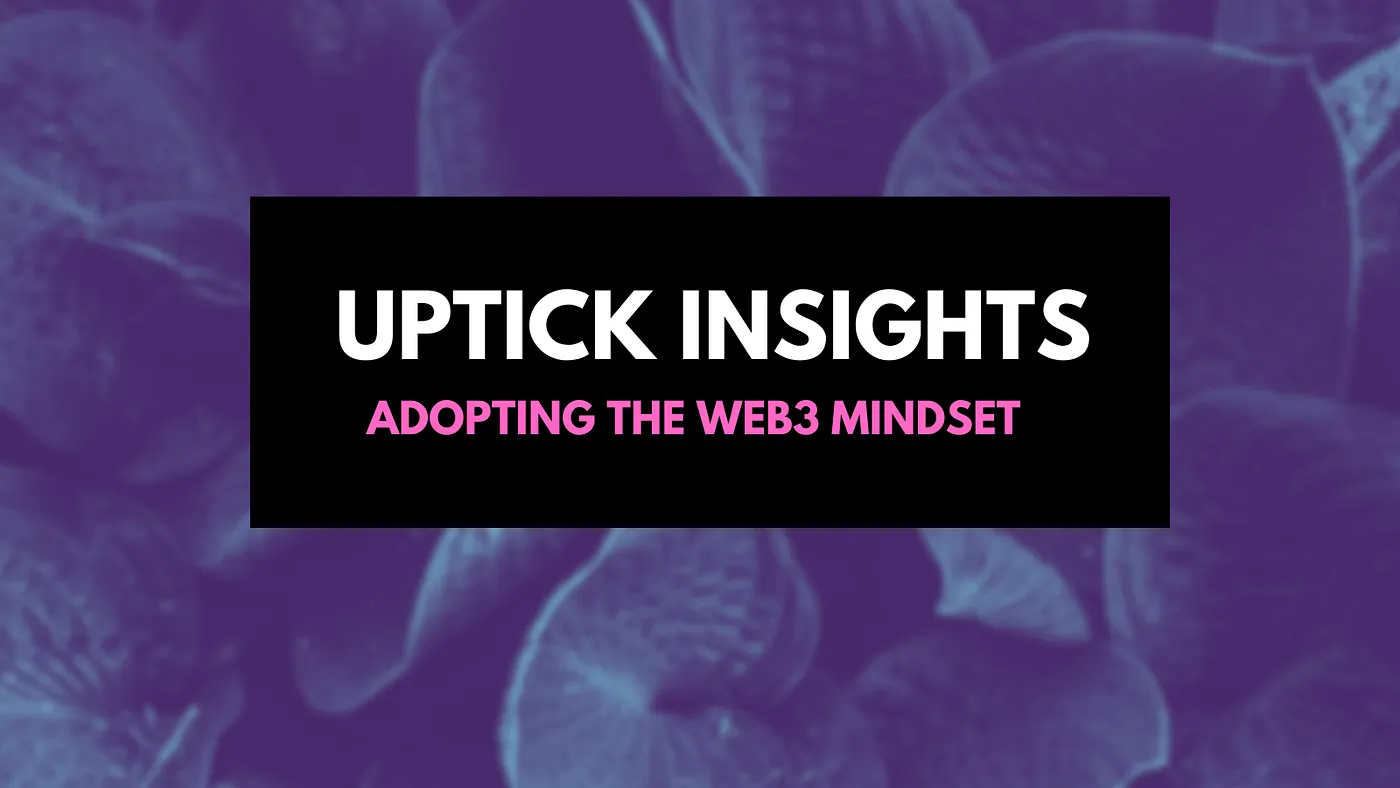
The shift from Web2 to Web3 is a fundamental reimagining of how we
interact, transact, and create within the digital world we inhabit
today.
However, successfully navigating this shift requires individuals and
businesses to adopt a Web3 mindset, and that involves embracing
decentralization, ownership, and new innovative economic models that
dismantle traditional frameworks.
The Web3 Mindset | A Framework for Change
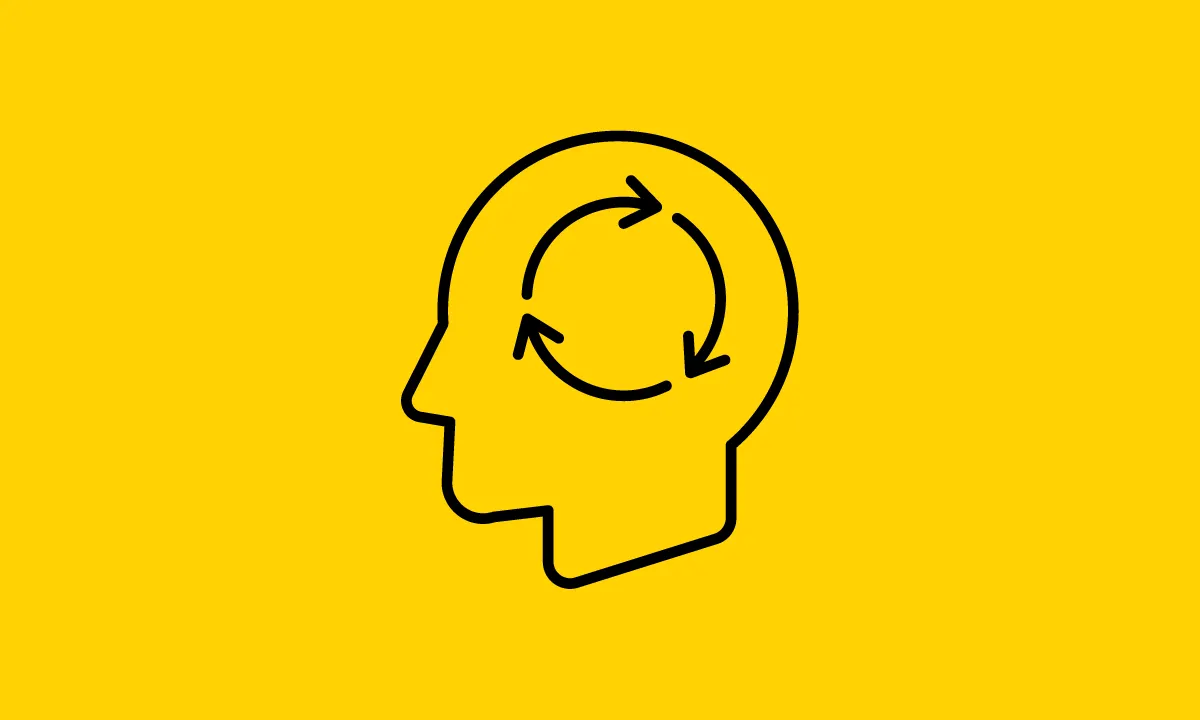
Transitioning to Web3 begins with understanding its foundational
principles.
Web3 is built on decentralization, transparency, and user ownership.
Unlike the centralized models of Web2, where platforms control data
and assets, Web3 completely empowers individuals to own their digital
identities, assets, and even the platforms they interact with.
This shift requires three key changes:
Understanding the tech
Recognizing the potential of Web3, digital assets, and decentralized
systems as enablers of trustless interactions. Uptick’s suite of
tools, such as its decentralized identity (DID) systems and
tokenization frameworks, provide a foundation for this shift.
Operational adaptation
Moving from centralized, platform-driven models to decentralized,
community-driven ecosystems. Uptick infrastructure enables businesses
to explore these operational shifts with minimal friction.
Economic reimagination
Designing business models that incorporate digital ownership,
tokenization, and new forms of value exchange, supported by platforms
like Uptick that offer scalable, reliable frameworks for innovation.
Each of these layers, technology, operation, and economy, is
interdependent, forming the backbone of the Web3 mindset.
Lessons from the Early Internet
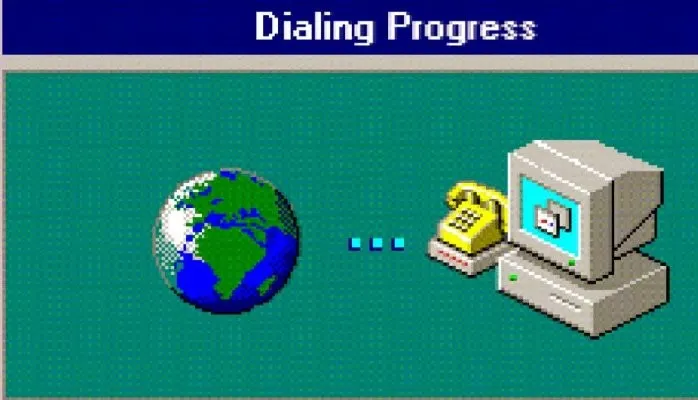
The current state of Web3 mirrors the early days of the internet.
In the late 1990s, the internet was drowned in hype, experimentation,
and numerous failures. Yet, those initial struggles laid the
groundwork for how we interact today in the digital world.
A patient mindset
Similarly, Web3 is in its infancy. Infrastructure is still being
built, and Uptick is part of this journey. While there are promising
use cases, the ecosystem still lacks maturity, so patience is
essential. For businesses and individuals, this means focusing on
practical, incremental innovations rather than chasing speculative
trends. Uptick’s modular infrastructure is designed to support these
incremental steps, providing businesses with accessible entry points
into Web3.
A new paradigm shift
Decentralization lies at the heart of Web3, but it’s actually more
than a technological concept. It’s a completely new paradigm shift in
how organizations and communities operate, and requires a cultural
shift from hierarchical decision-making to collective governance.
This transformation involves:
Community-centric models
Building ecosystems where users are stakeholders, contributing to
decision-making and reaping shared benefits. Uptick’s Decentralized
Customer Relationship Management (DCRM) tools enable businesses to
engage communities transparently and effectively.
Operational decentralization
Shifting from centralized control to structures where trust is
distributed across a network. Uptick supports operational
decentralization through comprehensive tools for collaboration.
Evolution of mindset
Recognizing that decentralization is not about removing intermediaries
but cultivating autonomy and collaboration. Businesses transitioning
to Web3 should try to align their operations with these principles,
integrating decentralization into their strategies using platforms
like Uptick as a guide.
Ownership in Web3
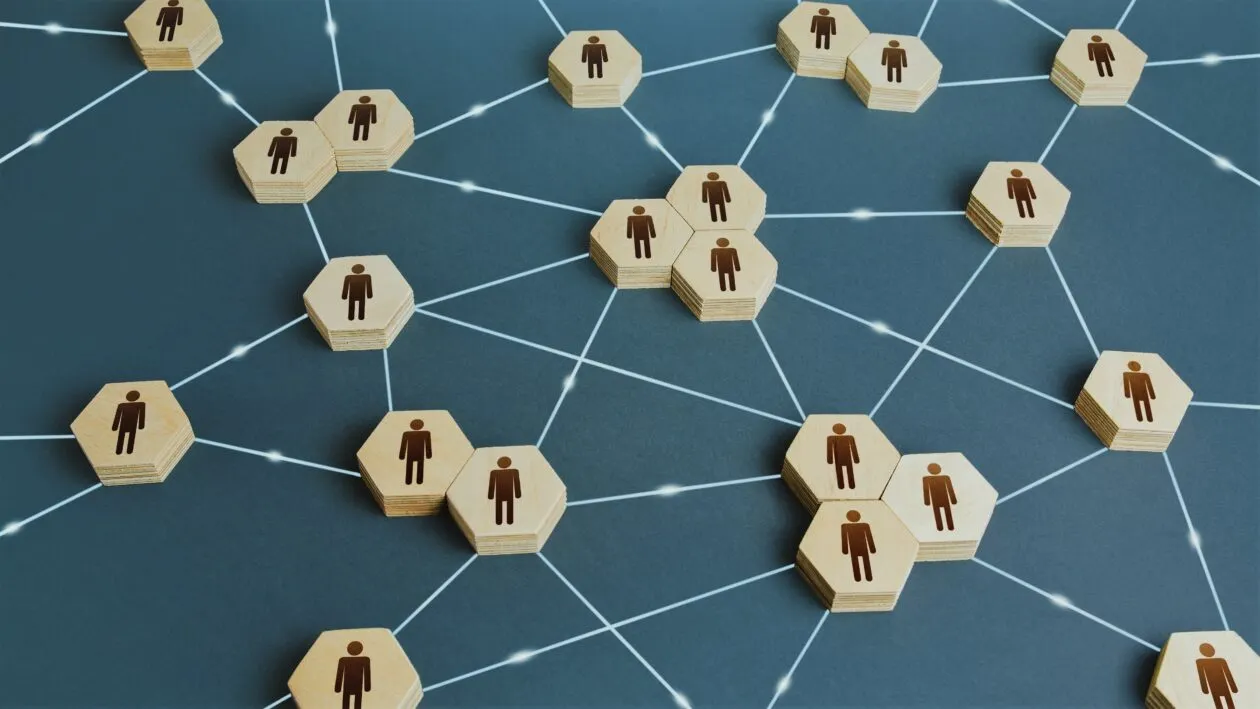
In Web2, platforms own user data and content.
Web3 flips the script on this model, enabling individuals to own their
data, digital assets, and even their online presence.
Data sovereignty
Users control their personal data, deciding how it is shared and
monetized. Uptick DID provides a secure framework for managing digital
identities.
Asset ownership
True ownership of digital assets, including RWAs and tokenized
representations of physical items. Uptick’s tools enable the creation
and management of these assets.
Decentralized identity
Individuals manage their identities across platforms without reliance
on centralized authorities, supported by Uptick’s scalable identity
infrastructure.
This kind of ownership model cultivates trust, transparency, and
empowerment, three elements that are essential for a sustainable Web3
economy.
Web2 to Web3
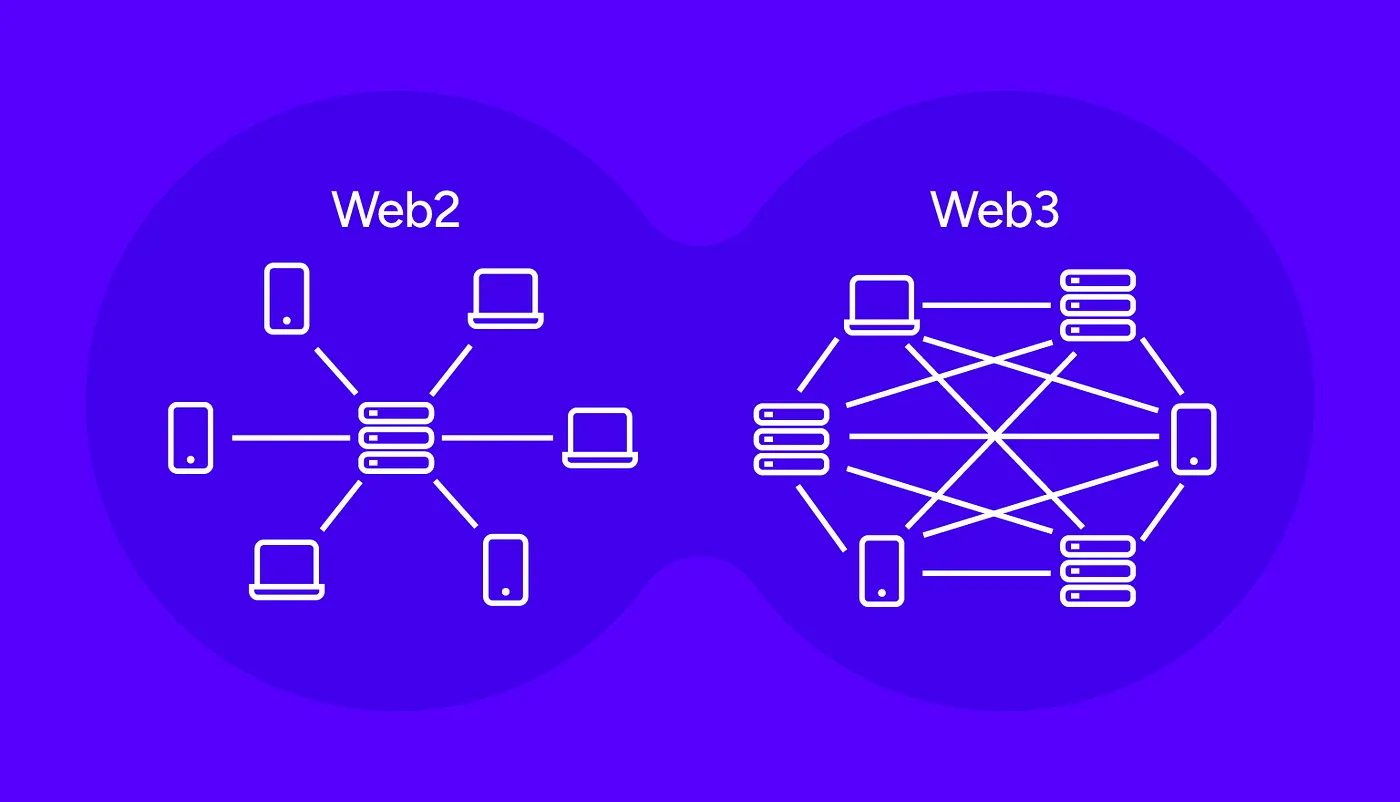
For businesses currently absorbed in the models of Web2, transitioning
to Web3 can feel quite daunting. The key is to view Web2 and Web3 as
complementary rather than opposing paradigms, and bridging these
worlds involves:
Functional use cases
Exploring practical applications like digital assets for membership
programs, loyalty rewards, or ticketing systems. Uptick’s
infrastructure is designed to support these implementations, offering
ready-to-use solutions.
Incremental integration
Incorporating decentralized elements gradually, such as tokenized
assets or blockchain-based systems, while maintaining existing
operations. Uptick’s flexible tools allow for this smooth transition.
User education
Helping users understand Web3 concepts, addressing misconceptions, and
highlighting the benefits of decentralization. Uptick’s resources are
tailored to support education and onboarding.
Platform choice
Selecting reliable, scalable Web3 infrastructure to provide smooth
transitions and avoiding unnecessary risks. Uptick provides a proven
framework for businesses embarking on this journey.
Businesses should focus on a balance of building bridges and
innovating within the Web3 space, but at the same time, leveraging the
stability and reach of Web2.
The Role of Digital Assets
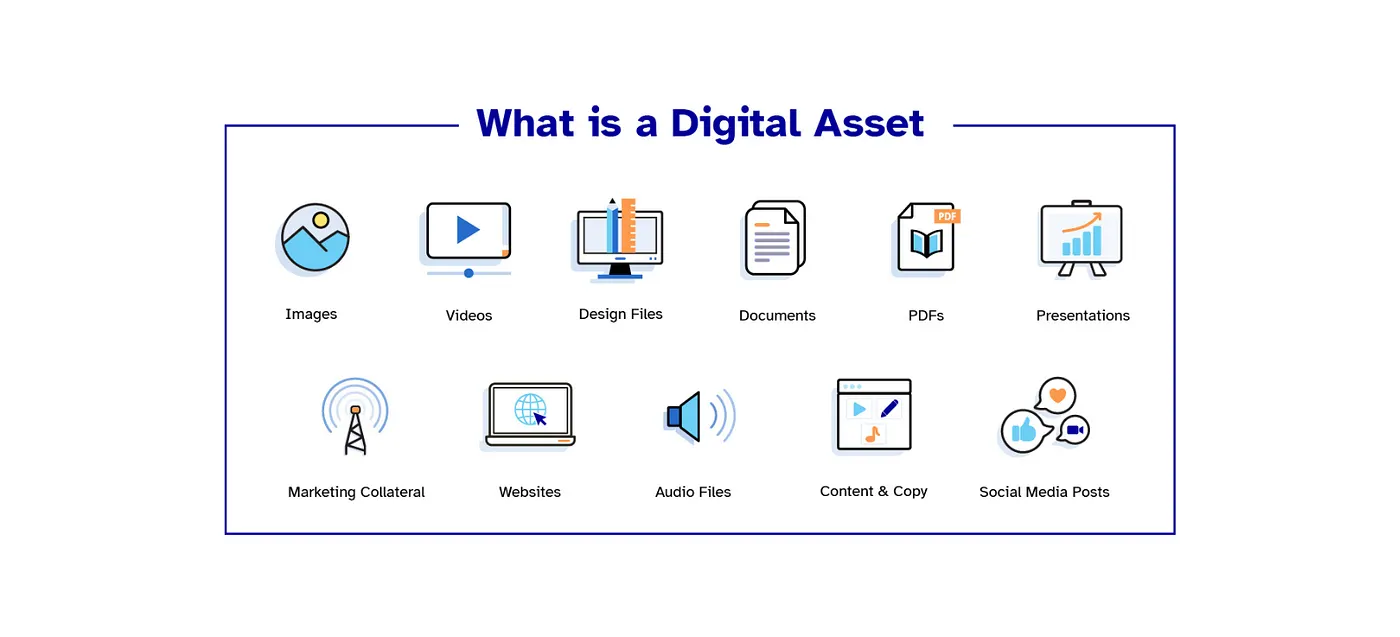
Digital assets absolutely illustrate the Web3 mindset.
Beyond art and collectibles, they offer functional applications that
drive utility and innovation:
Collectible
The first evolution, these represent traditional Web3 use cases,
enabling community engagement and experimentation. Uptick’s
marketplace infrastructure supports the creation and exchange of these
assets.
Functional
Practical applications like tokenized ticketing, memberships, or
certifications demonstrate how businesses can integrate Web3
principles into real-world scenarios. Uptick’s ecosystem enables the
deployment of these solutions.
RWA
Part of the functional realm, tokenizing physical assets enables new
forms of liquidity, ownership, and access, bridging the gap between
digital and tangible value. Uptick’s RWA frameworks streamline this
process. For example, real estate tokenization can make property
ownership much more accessible, allowing fractional investments and
easier transfers.
The Importance of Interoperability
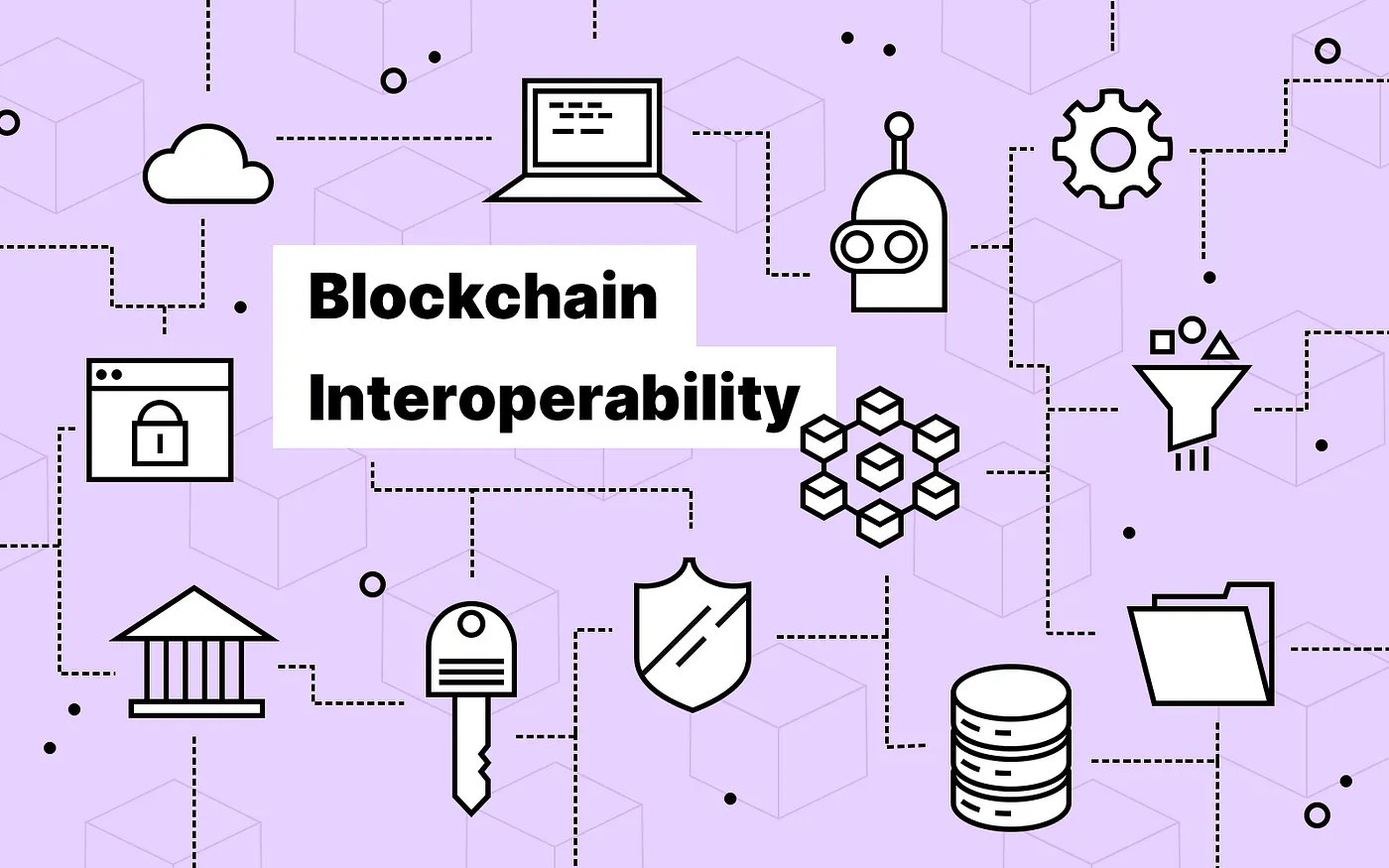
Web3’s decentralized nature introduces numerous challenges in
providing interoperability across platforms and chains. We believe
effective integration and communication between different blockchains
are paramount to scaling Web3 applications.
Some of the key strategies to improve interoperability include:
Standardization
Adopting widely accepted protocols and standards to enable cross-chain
interactions. Uptick’s infrastructure adheres to leading standards to
provide a deep level of compatibility.
Cross-platform collaboration
Building partnerships with other blockchain projects to create
cohesive ecosystems. Uptick’s partnerships aim to expand integration
across a diverse range of ecosystems.
Interoperable tools
Developing wallets, APIs, and platforms that allow smooth transitions
between networks. Uptick’s tools are designed specifically to support
these needs, enhancing user experience and broadening adoption.
Embracing Risk Creatively
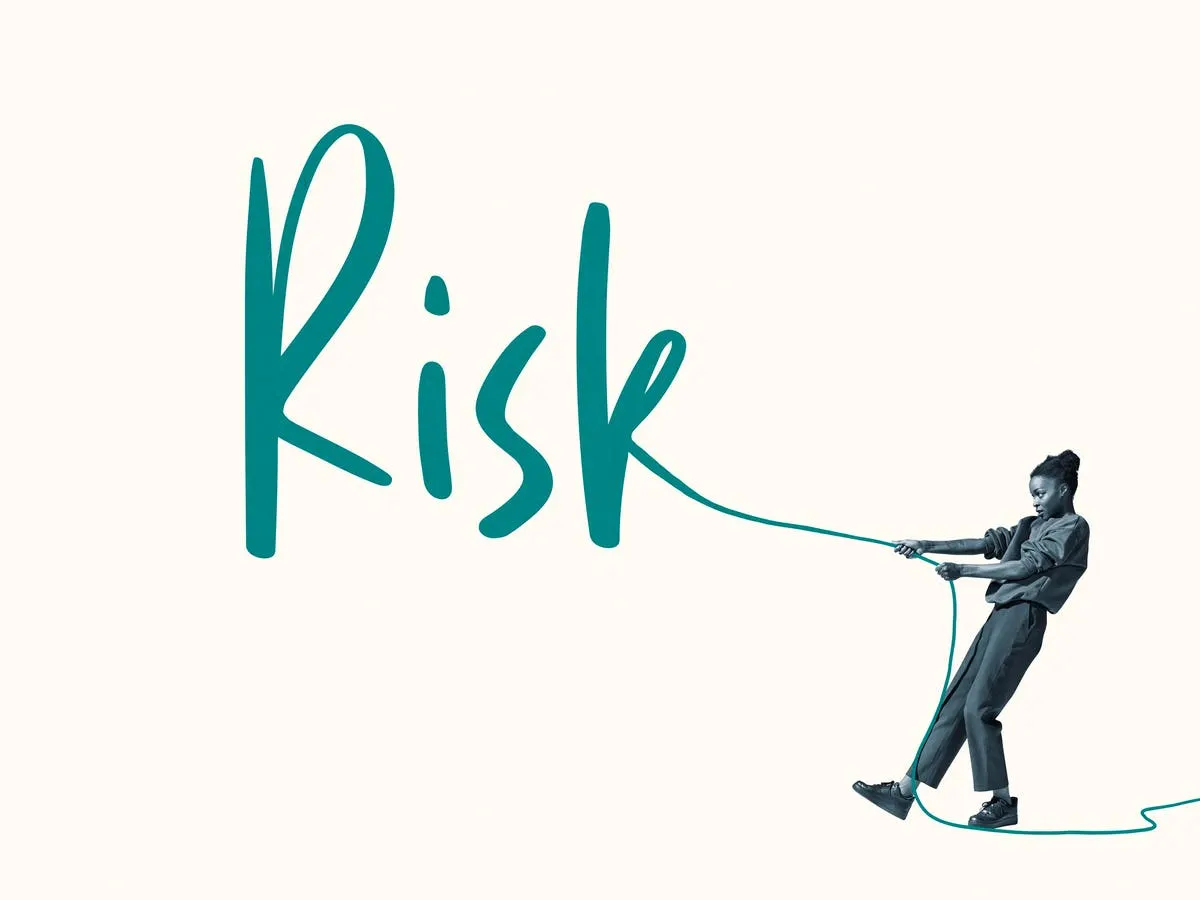
A Web3 mindset needs openness, entrepreneurship, and a willingness to
take risks. Pioneers in this space are technologists, but they are
also visionaries willing to experiment and innovate.
If one aims to make it in Web3, we believe there are several key
traits for success:
Adaptability
Navigating the uncertainties of an evolving ecosystem.
Collaboration
Building partnerships across industries to accelerate adoption.
Vision
Seeing beyond immediate trends to the long-term potential of Web3
The willingness to experiment with hybrid models, combining
centralized elements with decentralized innovations, can act as a
stepping stone for businesses transitioning to Web3, and Uptick’s
flexible tools support these hybrid approaches, enabling gradual
transformation while mitigating risks.
Looking Ahead | The Future of Web3

Web3 is a societal shift that challenges traditional norms of power,
ownership, and collaboration.
In the years ahead, we will see further integration of digital assets
into the real-world economy. From healthcare records secured on-chain
to educational credentials verified via decentralized platforms like
Vouch, the applications are vast and varied, and RWA tokenization,
such as vehicles or intellectual property, will likely see increased
adoption, bridging the digital and physical worlds in brand new ways.
The Web3 movement is about rethinking how we create, interact, and
share value in this digital world, but its success will also depend on
enabling inclusivity, providing a way for all of the benefits of
decentralization to be accessible to all. This requires ongoing
efforts in education, infrastructure development, and community
engagement.
While the journey is just beginning, the principles of
decentralization, ownership, and innovation provide a roadmap for
navigating this new landscape, and if people truly adopt the Web3
mindset, businesses and individuals can become key contributors in
shaping the next generation of the internet.










